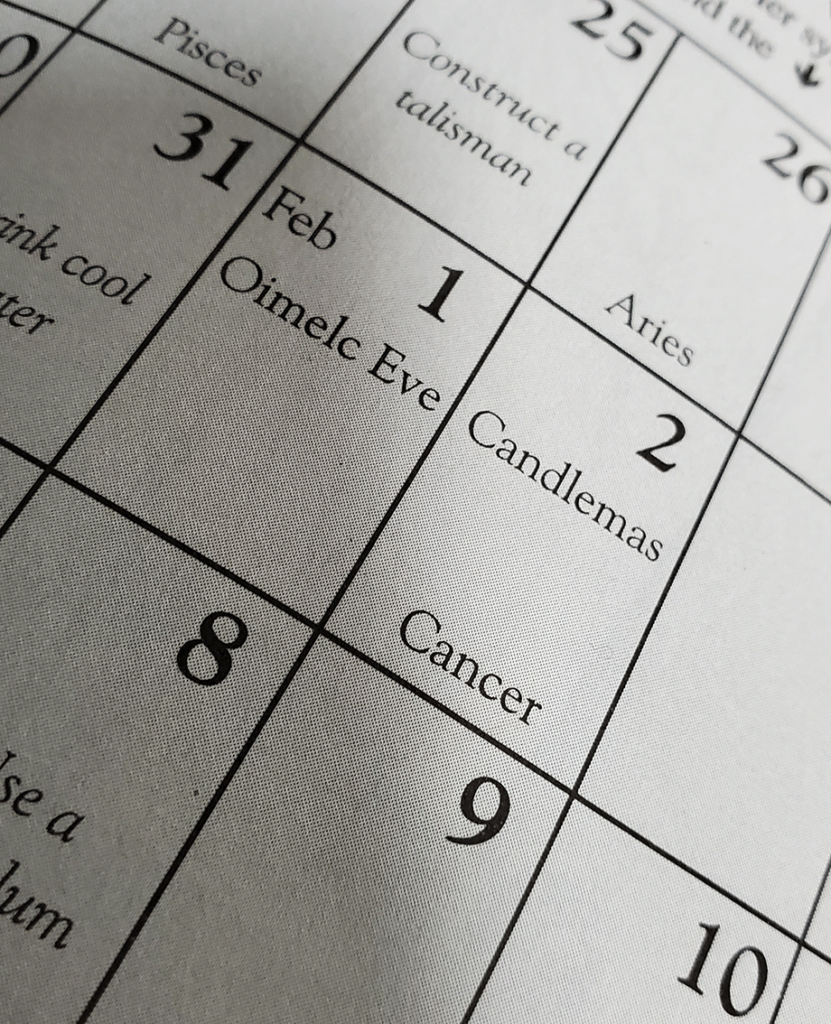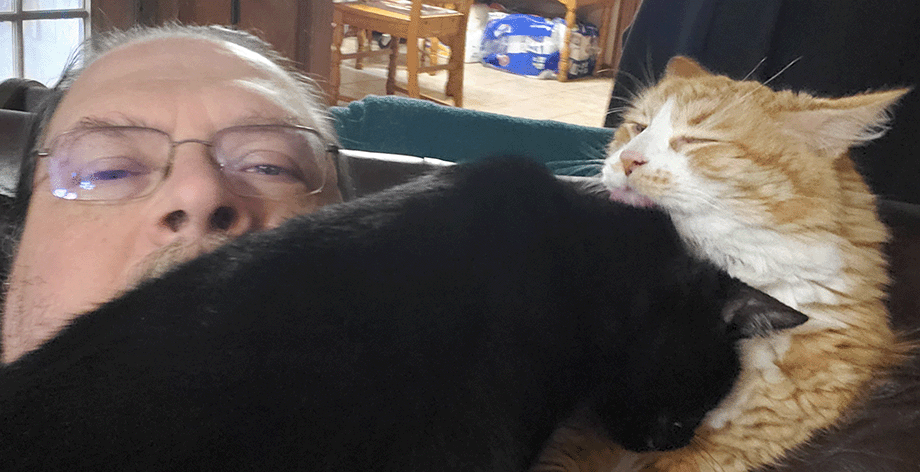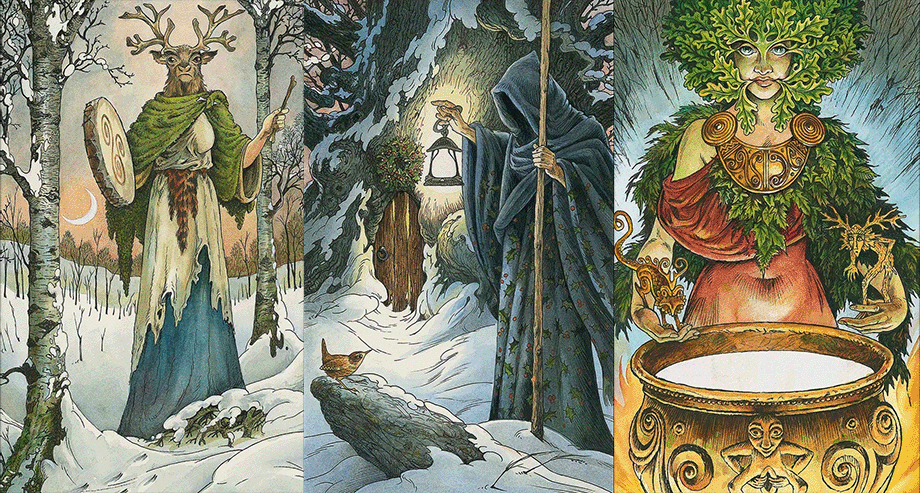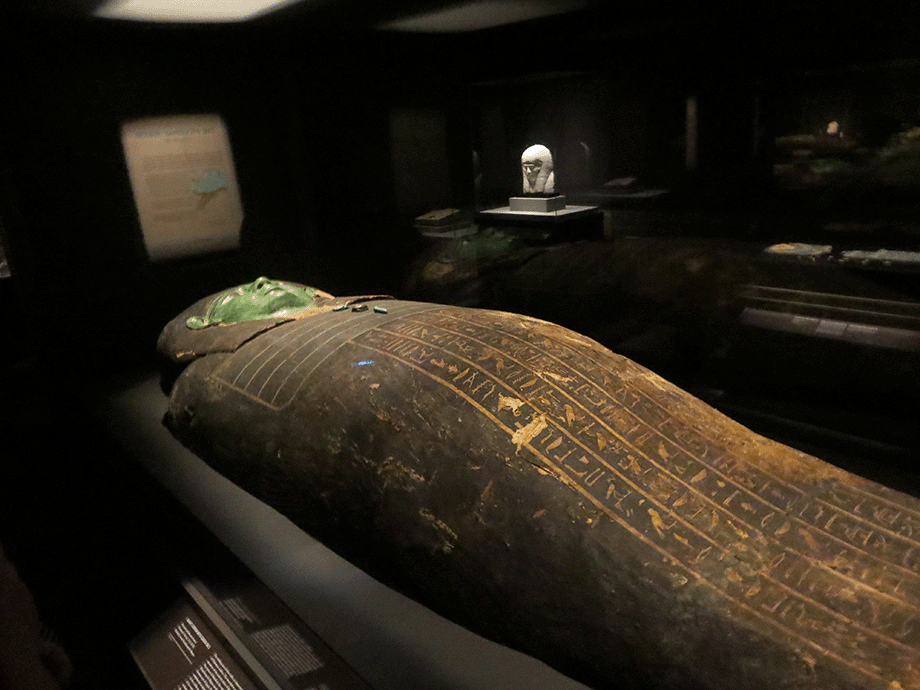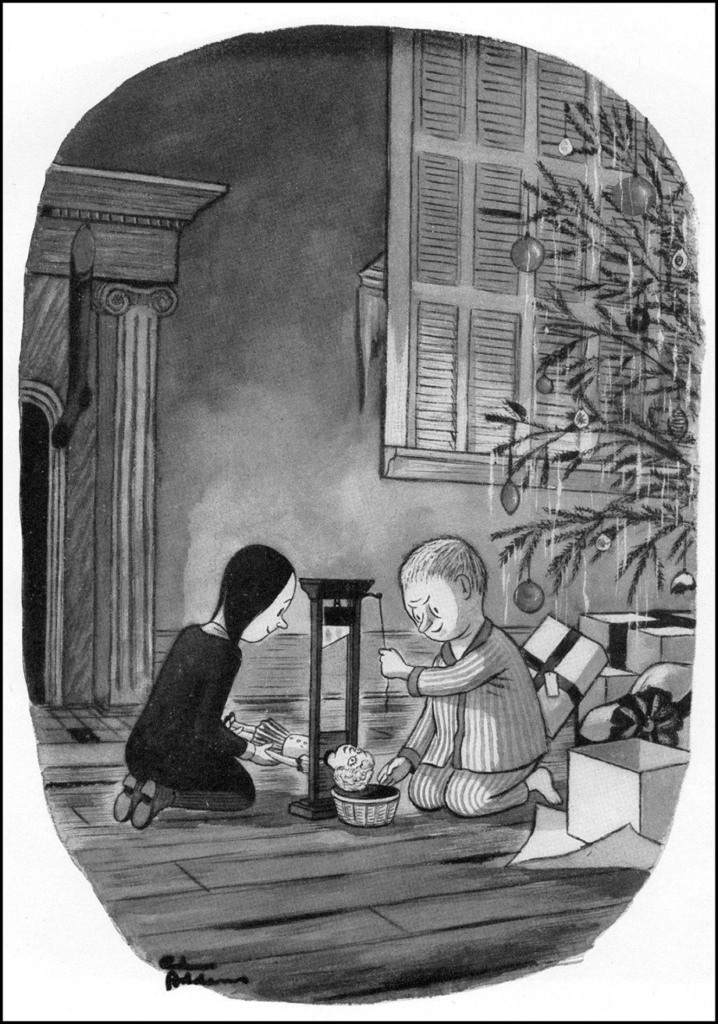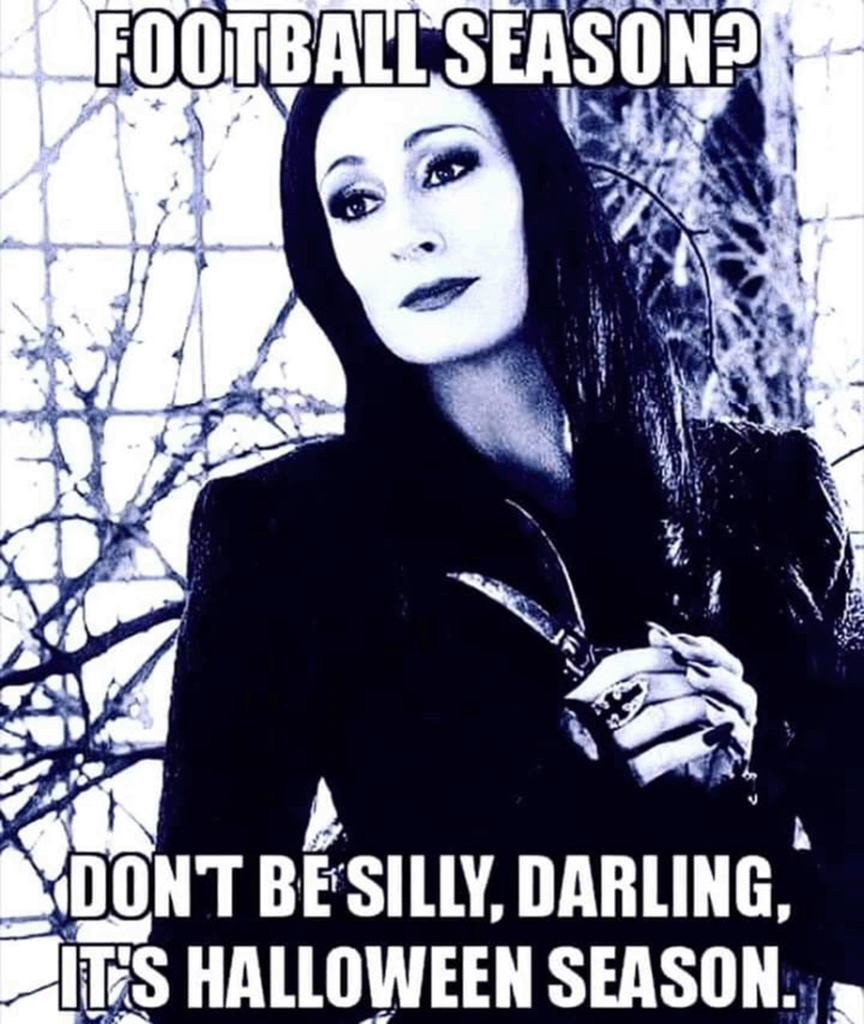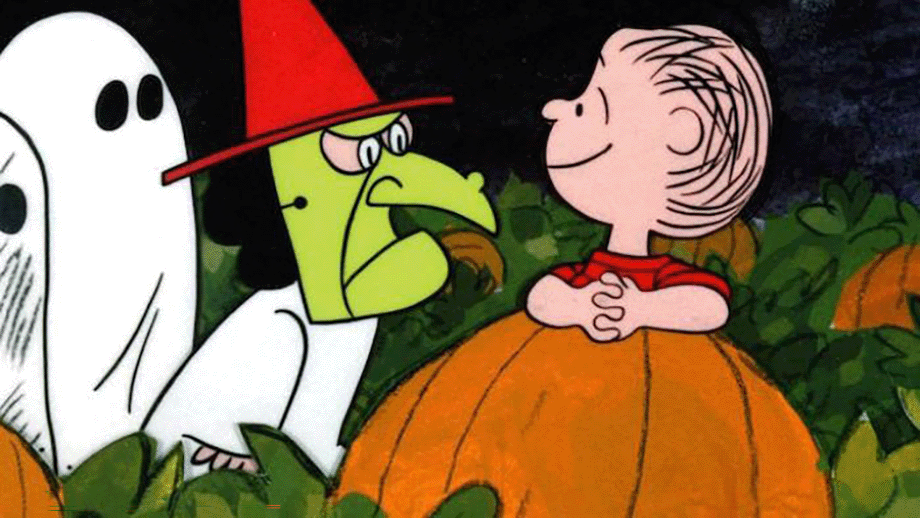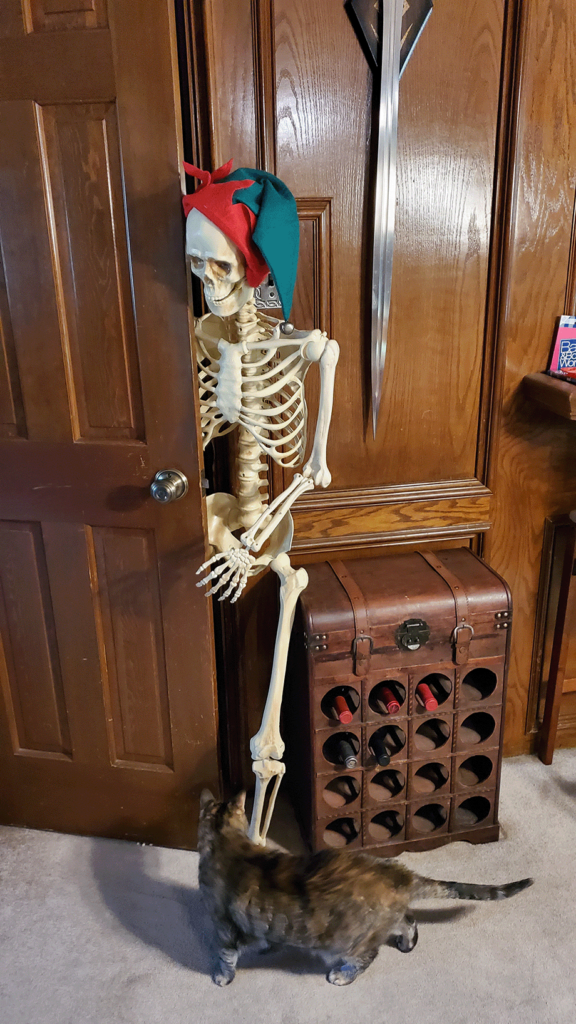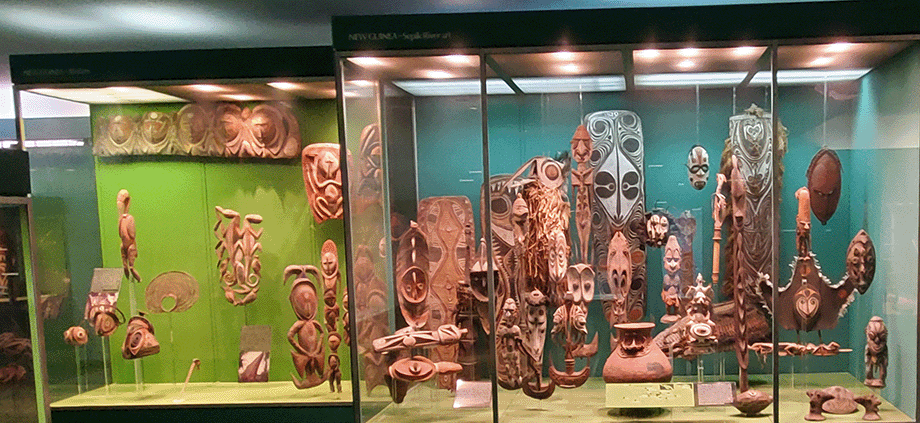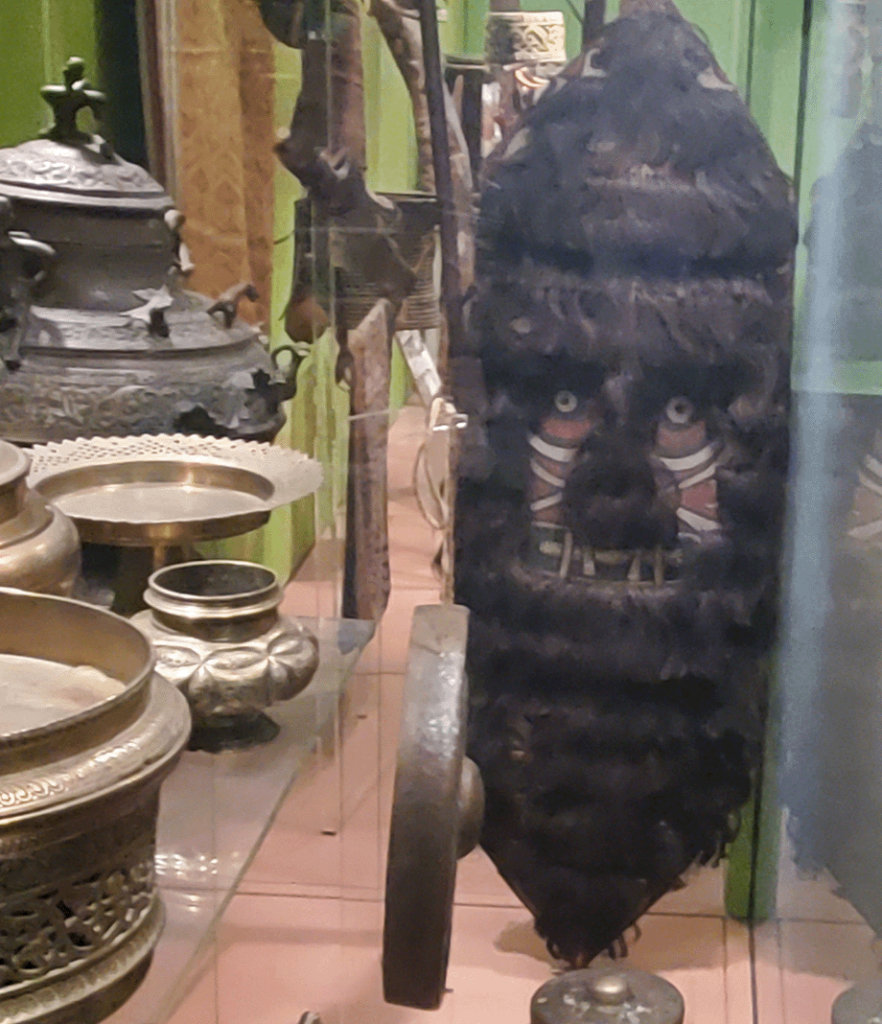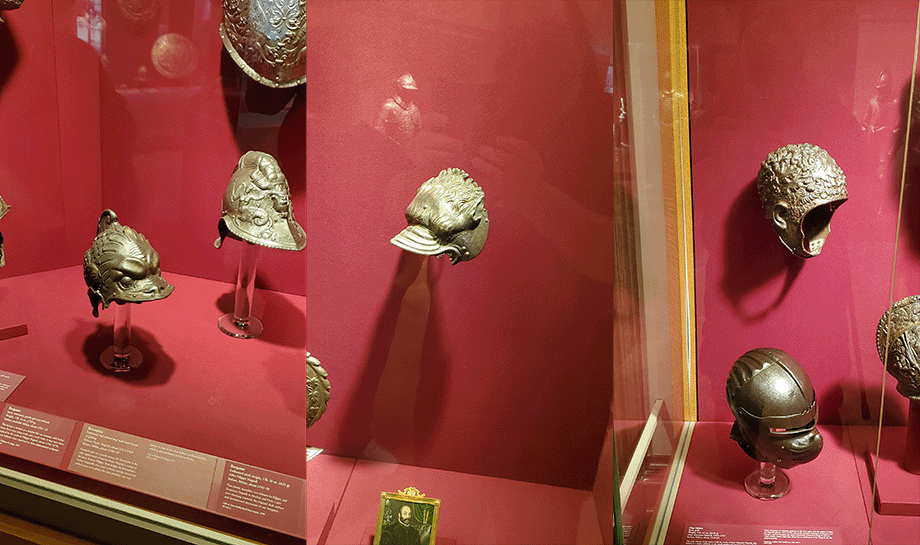I spent the last few days in New Orleans, and no, I was not aware that it was Mardi Gras, or rather, that Carnival had already begun. New Orleans, like the Romans, enjoy a good party. It was, however, very nice to see the French Quarter returning to its former liveliness after two years of privation and and loss during the pandemic. New Orleans is a scrappy town, of course, and one used to making it through rough times.
My objective was just to get away for a few days, eat some really good food, probably drink a little more than I ought, and wander through the ancient streets of the Vieux Carré looking for the strange and unusual. And in that I was successful.
This is my fifth or sixth trip to our neighboring city on the Gulf. During my first visit, on Halloween in the mid twenty-teens, I was intent on finding shops that provided magical supplies. It had been a very long time since I had been in what felt like a “real” witchcraft shop, and I was hoping New Orleans, with it’s reputation for voodoo and vampires, would have something to fit the bill. It did. Several in fact.
The latter trips were mostly occupied by a writer’s conference, which is happening again finally as we rise from the plague years. While this limits my time to roam around, it also occurs in the heart of the French Quarter. The time I get to explore is well rewarded by short strolls to nearby shops.
We came over for my birthday in 2020, in defiance of COVID and the World’s Ending and out of a desire to put some little cash into an economy struggling hard against the loss of tourist dollars. The Quarter was oddly quiet. Many of the restaurants and shops had closed up completely, rather than trying to meet expenses with few customers. But we found the few that were there, and made good friends among them, and that is one of the very pleasant reasons I go to New Orleans.
To be accurate, I go to the French Quarter, whether I am staying there, or in the adjacent Warehouse district, I am generally in the that bend of the river for which the Crescent City is named. It is the old town, dating to the first occupation by French colonials, and dripping in history with pirates, writers, adventurers, witches, vampires, and voodoo. I have visited the Garden District and gone up into town to the New Orleans Museum of Fine Art, but the reason I go is to walk those ancient sometimes broken streets and feel the years upon them.
I live in the suburbs of Houston, which despite a heritage going back to the formation of Texas in 1836, is probably one of the more modern cities in the country. We did, after all, go to the moon from here, so there’s always been a kind of impetus to forward momentum that often leaves something lacking. In the sterile steel and glass of downtown, with more and more of its characteristic neighborhoods “gentrifying” into high rises, townhouses, and “trendy” shops and restaurants, I find very little to connect with. When I first arrived almost a quarter century ago, there were places with character, charm, and not a little quirkiness. But with the influx of money and transplant, the ethnic eateries that had served a community for generations were bought out, torn down, and replaced by synthetic simulations of authentic neighborhood diners that are much more palatable to hipsters and millennials who invest in downtown. In Houston, no one seems to be interested in preserving the neighborhoods, or the neighborhoods have already collapsed to the point that there is nothing to preserve. Yet for some reason, we need another Starbucks on another corner.
If there’s a Starbucks in the French Quarter I have not found it. While it is true that there are modern eateries in that sector, they tend to be managed by families who go way back in the restaurant business. Many of the places I patronize there shifted their kitchen facilities to feeding the people who worked for them during the initial days of the quarantine, when they were not able to open up to the public, and those people had no livelihood. I know that some place did that here in Houston, and I imagine others might have. But I also know of prominent chains that almost immediately laid off their entire staff. Arguably this is because such industries operate on a business model of constant income and constant expansion. The New Orleans folks, took care of their own. They reimagined and consolidated operations in order to do that, and they are emerging slowly from the plague years with an operation that is sustainable and recognizing of the human element. In a time when we are confronted by billionaire capitalists who routinely ignore the human for meager margin increases, caring for the waiters and the cooks and the dishwashers counts for a lot in my book.
In my trips to the Crescent City I have only been treated less than warmly in two shops, and I have never gone back to them. In all the rest, people are friendly, helpful, engaging, and interested. They enjoy what they are doing and they enjoy the people who come into their businesses. That is how things used to be in the world, long, long before it could be blamed on COVID or Amazon or Walmart. People connected with people. When I was a child going into town for a shopping trip was a social occasion. You saw people you hadn’t seen since the last trip. You caught up on the news. The store and the barber shop and the soda counter were gatherings for community. They were generational. There were always a group of older folks in these places, that knew you, because they knew your mother when they were your age. I grant you I lived in a rural setting, but I can’t imagine that the tone and substance were much different in the city neighborhoods in the Northeast or the Midwest, and they certainly had been that way in the South.
Neighborhoods were about expressing culture. The suburbs are about homogenizing it. As more people lost touch with their own culture, and embraced the synthetic simulation of “suburban America”, the depth of our experience, and our connections to each other, became shallower and shallower.

We’ve taken it to the point that interaction now is often entirely simulated. We call it “social media” but it is neither thing. I grant you, you would not be reading this without it, and for that I am grateful. And I cannot say that I have not made connections with people on line, but I do not delude myself into believing that they are as real and binding as the ones I have “irl”.
I have commented before on the illusory nature of the internet experience. Web 1.0 was clunky and slow and sometimes hard to get around, but like those old neighborhoods, it was people interacting with people – albeit over a really really slow dialup connection.
Then Web 2.0 promised us the ability to have fast direct interaction. Corporations seized upon this idea, seeing a profit bonanza in being able to communicate instantly with customers. Until it happened, and the corporations realized how many customers and potential customers, and unhappy customers, and itinerant cranks and absolute lunatics were out there interested in “engagement”. So they hired people to specialize in engagement…until they got caught making AIDS jokes on the Twitter and had to be replaced by “artificial intelligence”.
We have come to the point where a machine requires you to prove that you are human in order to have access to a chat system which requires you to interact with another machine.
I guess the corporations don’t want the bots getting to each other. They might unionize, or start making holocaust jokes on the Twitter or something.
And this is one of the reasons I make periodic trips across the Mississippi to that old weary neighborhood by the Big River.
I could have purchased all the things I got on the internet. I’m sure the ‘Zon had the Tarot cards as cheap if not cheaper and I would not have had to venture forth from my domicile in the day time. And somewhere in some register in some computer in the cloud, some bit would flip, and a tiny modicum of shareholder value would be generated for billionaire investors who already have more money than they could spend in a lifetime even if they were Iron Man and Batman ( which sadly, none of them have imagination enough to do).
And though in a couple of places I was asked to prove I was me, I was never asked to prove I was human (which is probably a good thing, with that elfin bloodline and all). Wandering down those streets I can hear the echoes of all the other humans that have wandered there before me. I guess, if you listen well, enough, you might do that anywhere, but in the old cities, the living relics; the phantoms come right out of the ruins. They are French and Cajun and Creole and Caribbean and African and Spanish and English and Native American and Catholic and Protestant and Voodoun and Pagan and oh so many more. They are the heritage of humanity, a heritage we are in danger of loosing to the synthetic simulation of diversity and ethnicity that is being flattened and packaged by the internet, with a helping hand from mega-corporations who just can’t keep spending on smarter bots to deal with real diversity and individualism.
I grant this rambling has not been as specifically about magic and spirituality as my usual. Well, spirits get interested in a lot of things.
Illusion is a trap that the magician and witch should always be wary of. It is very easy to accept a “sign” that we want to see, even when it isn’t there. And likewise, we can perceive that our lives are “cursed” when it is only the perception that is.
Every now and again we need to take a breather from the interwebs, from the echo-chambers, and be alone with ourselves. We need to remember the sound of our own voice so that we know when we are hearing it.
I’ll leave you with that thought, and hopefully, having had a bit of a break myself, will return to more expected pursuits next week.



